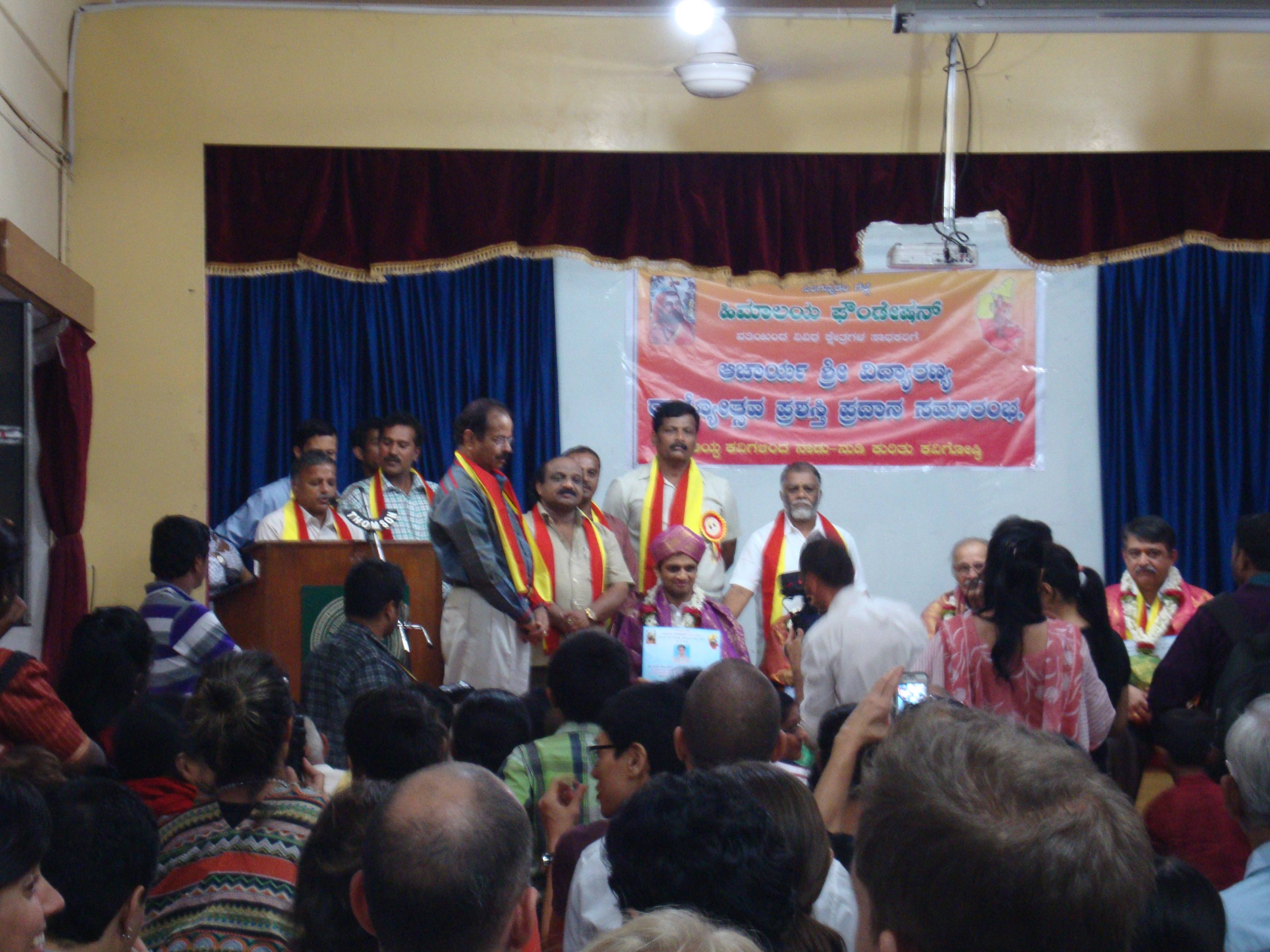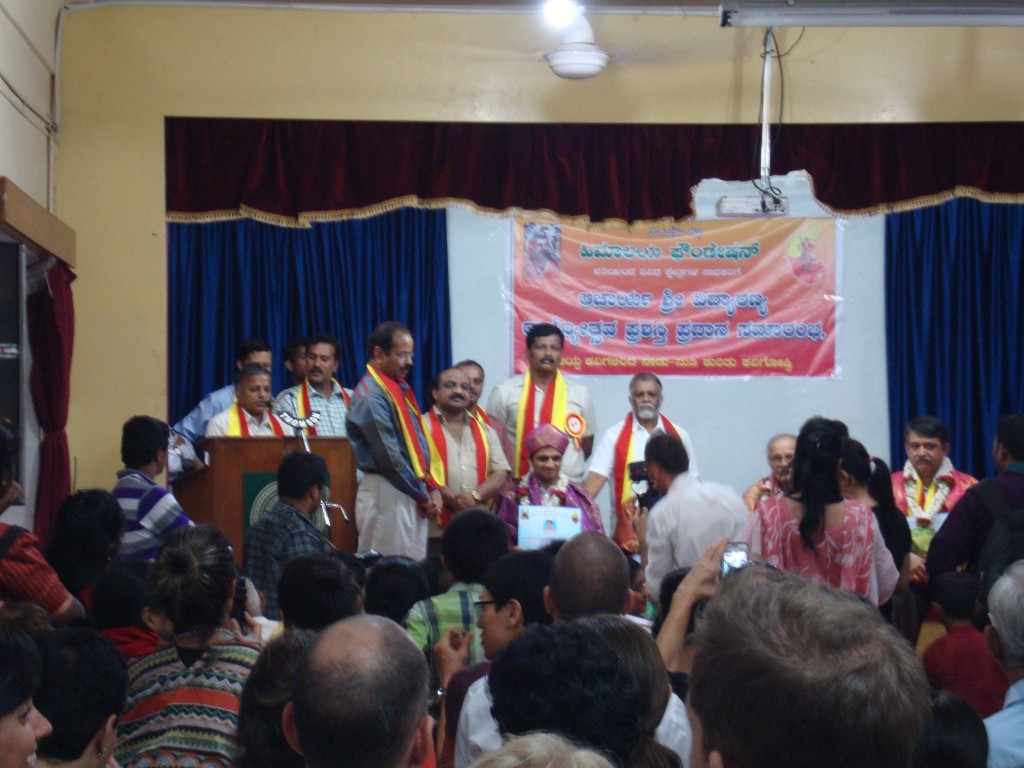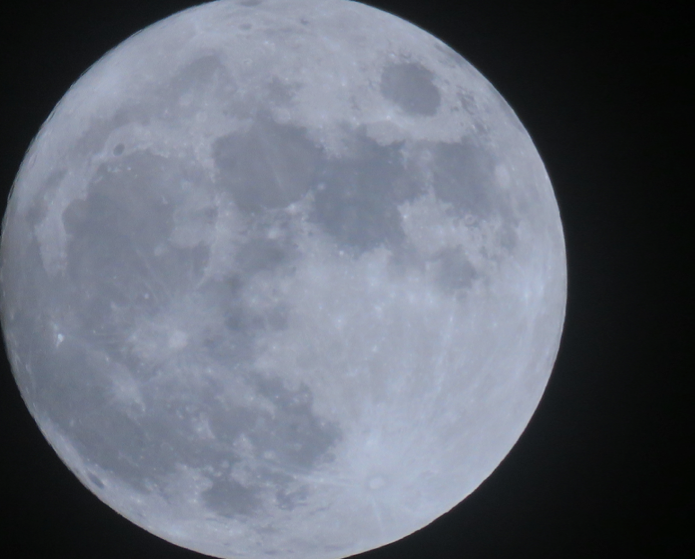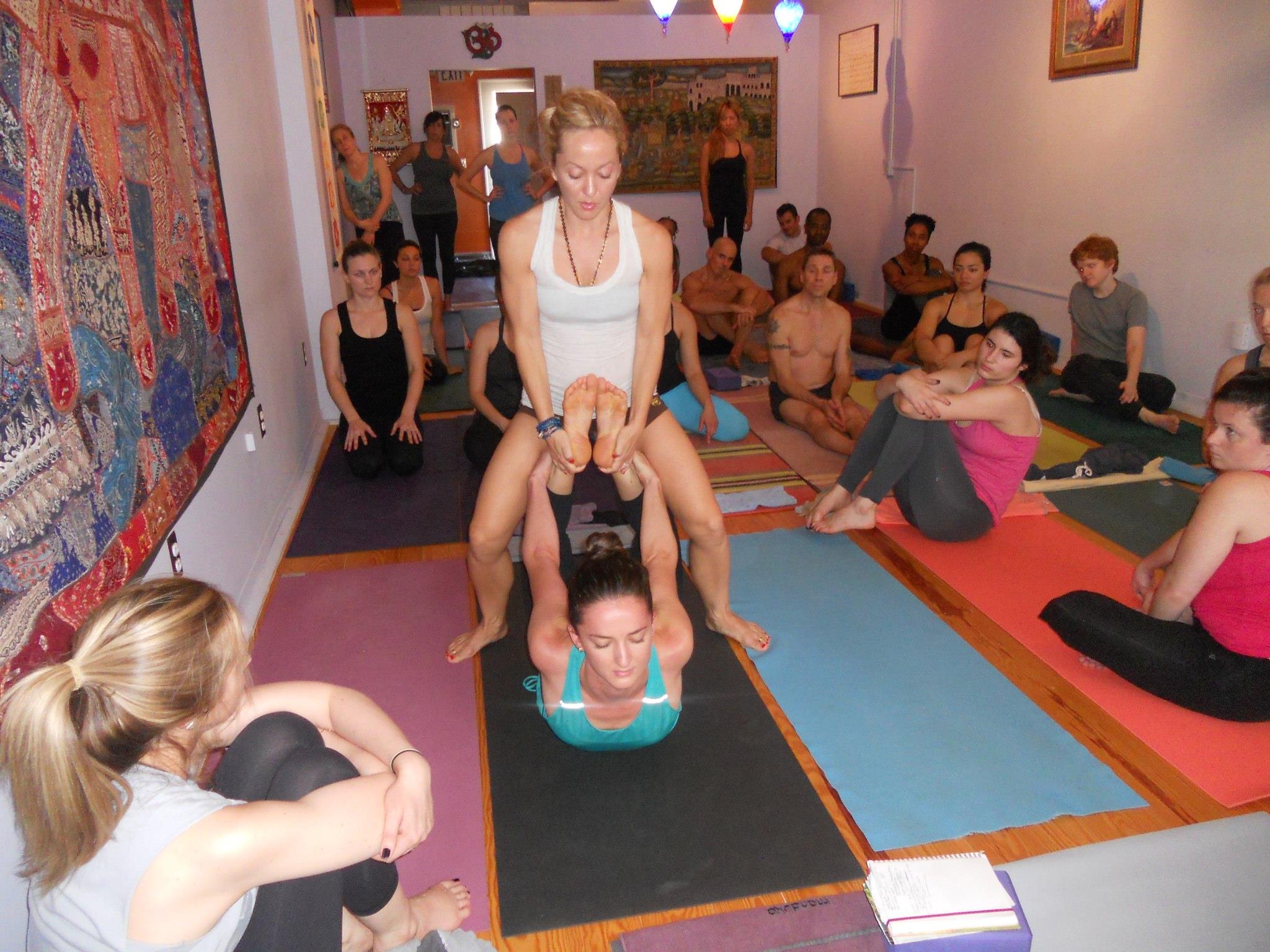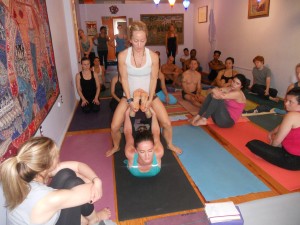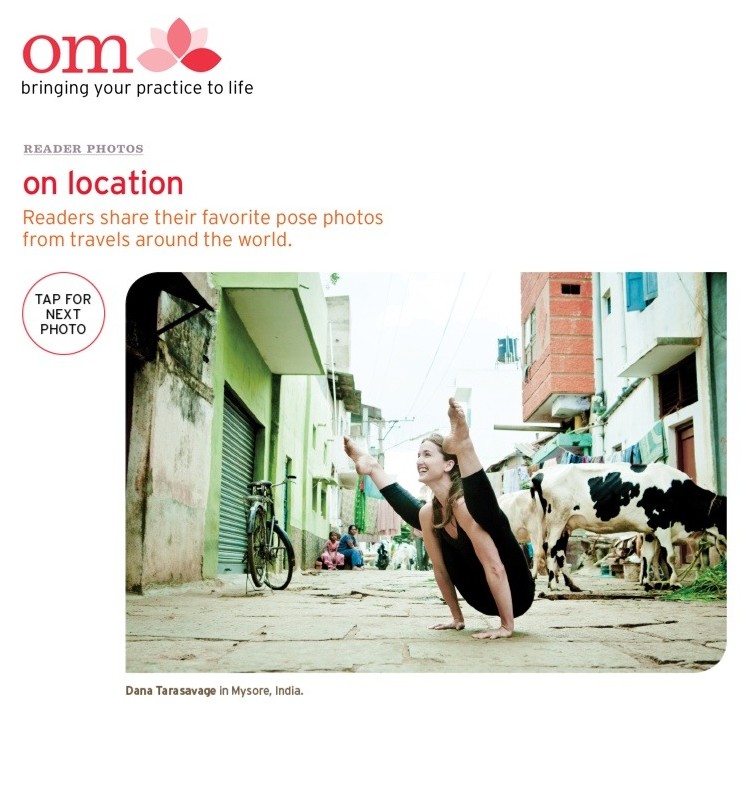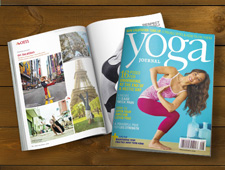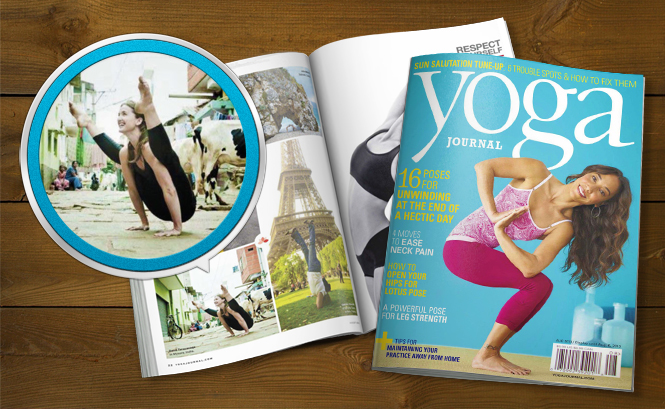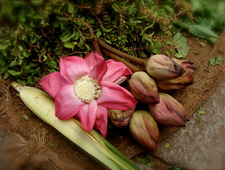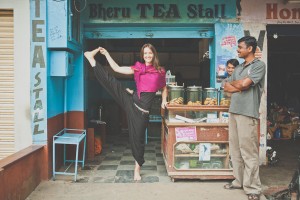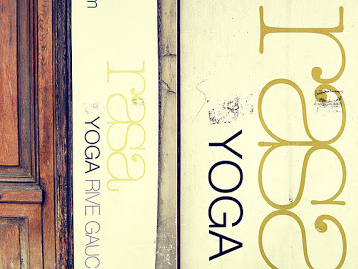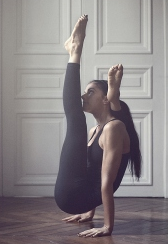Conference Notes December 8, 2013
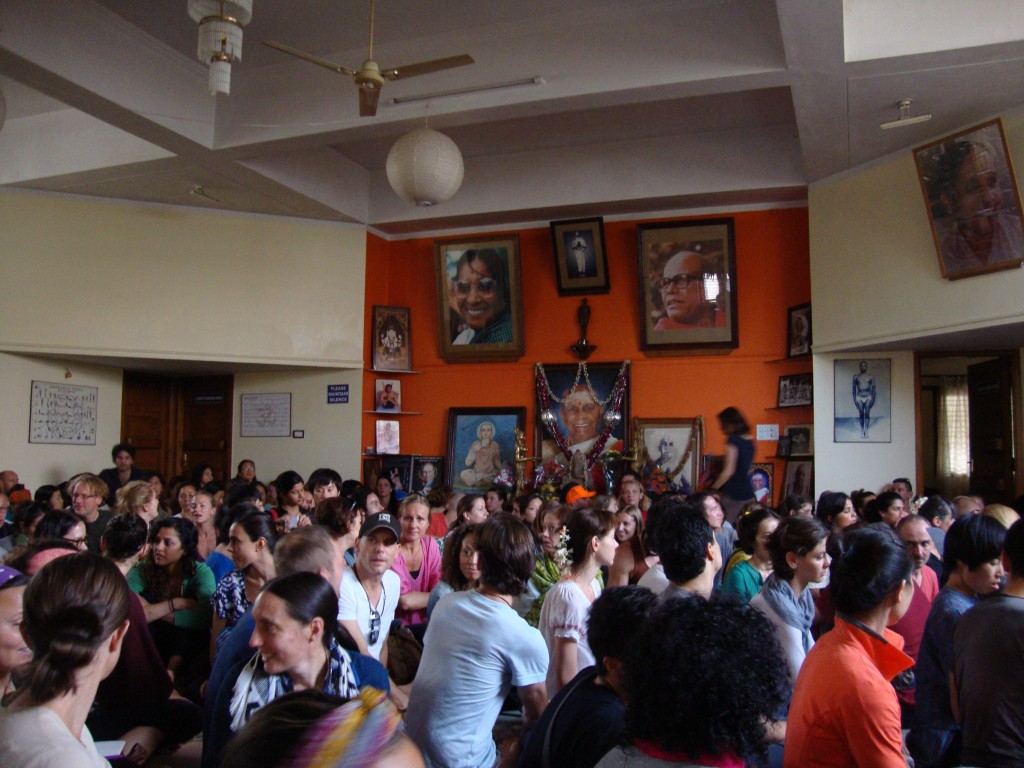
It seems like the whole shala has been sick at these past few weeks. Poor Sharath finally caught the bug and began conference apologizing and telling us he’d do his best to get through. His doubt was unfounded because he delivered an inspiring and poignant conference, as always!
Sharath began conference this week by quoting a passage from the Hatha Yoga Pradipika. By doing asana, it explains, sweat is produced. We shouldn’t waste the sweat, but instead to rub it back into the skin (a note to all you vigilant sweat wipers!). This opens the pores and allows all the toxins to come out, which in turn makes the body light and strong. Sweat should come from within, from hard work, not from a heated room. Through the effort of working on asanas and building stamina we sweat and cleanse.
He also made sure to note that we should work towards a balance of every element of practice, both strength and flexibility. That’s why in this system Guruji taught primary series first, beginning with the Surya Namaskara. The teacher should analyze the practice of a beginner, as the work with sun salutations. They should see that the vinyasa is done correctly and move them slowly along, building strength and flexibility from the ground up. The body should be given time to adjust to the asanas and the vinyasa system. Vinyasa plays a big role in the sweat and detoxing process within our practice and it is very important to do it correctly.
We really got into a discussion on the breathing style used during our asana practice. Sharath really wants us to understand that what we are doing is free, unrestricted breathing with a little sound. It is not ujjayi pranayama! This is a pranayama technique, which is totally separate from the breath we use during practice. We should hear the sound of our breath, but we shouldn’t try to breath very loud or very strong. That would be too taxing during the intense physical exercises we’re doing. The inhales and exhales should be even. We should relax into each posture with a free flow of breath.
In connection with our lively discussion on breath, a student asked about how bhandas relate to the breath. Sharath said he didn’t even mention bhandas in the discussion because they should be active all the time! Udiyana is more pronounced on the inhale and mula is stronger during exhale. Jalandara, he said is mostly reserved for pranayama. Only when bhandas are perfect during asana should we move on to pranayama. Asanas are like our test grounds to perfect bhandas to ensure that when we get to pranayama study, they are a sturdy foundation.
Despite the physical nature of our asana practice, we are not in Mysore (or attending Mysore style yoga classes in our hometowns/countries) to work out. We are here to gain better clarity and more knowledge. We are here, Sharath reminds us, to bring peace to ourselves and to come to know who we are. The practice can reveal the answer to the question “who am I?” if we let it…
Sharath also took time to address some of the most common questions he gets from students: how often should I practice, how much should I eat and how much should I sleep? All of these should be done in moderation, he said. We should do a little physical asana practice once a day, we should eat enough food to nourish and fuel us, not too much that we become dull, and we should sleep for 6.5 – 7 hours per night. Moderation in everything!
Next a student asked about correcting mistakes. At some point we’ve all, knowingly or unknowingly, hurt another person. So how do we correct the mistakes and move on? Sharath says, simply, to be a better person. Yoga is an ideal tool to help us be better. Make up from your mistakes by changing and acting differently in the future. He reminds us, yet again, that yoga is not just gymnastics. If we are in Mysore to work out and show off, don’t come! Come to learn and be a better person. The world needs more people like yogis. People who learn from their mistakes and actively try to do better going forward.
“You can sail around and around on the ocean for years. But it’s only when you dive in that you know the beauty of the sea.” It’s like this that we should try to dive deeper into yoga, past the physicality of it. We should use it as a tool and an exploration to know ourselves.

